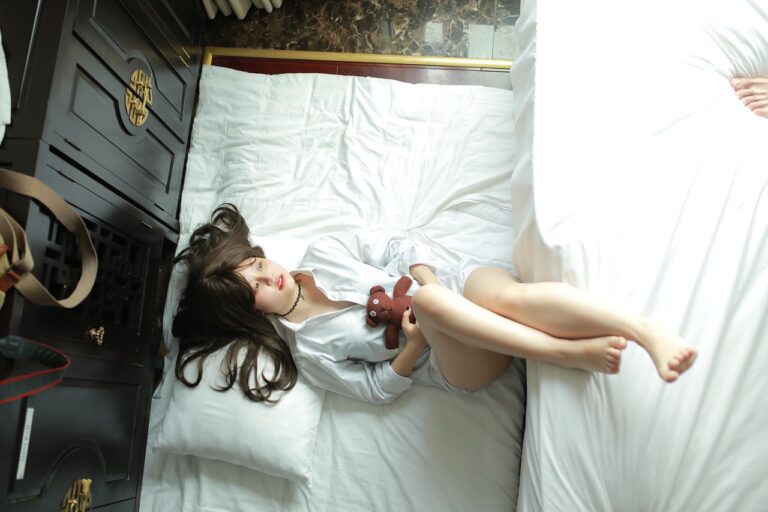The Influence of Art Movements on Fashion Design: From Impressionism to Cubism
Art movements in the 19th and 20th centuries marked a period of dynamic change and innovation in the world of art. These movements reflected the shifting societal values, technological advancements, and expanding global connections of the time. Artists sought new ways to express themselves and push the boundaries of traditional artistic conventions.
From the romanticism of the 19th century to the abstract expressionism of the 20th century, art movements challenged perceptions and brought fresh perspectives to the forefront. Artists like Claude Monet, Vincent van Gogh, Pablo Picasso, and Salvador Dali revolutionized the art world with their unique styles and groundbreaking approaches. Their works continue to inspire and influence artists and audiences alike, leaving a lasting impact on the history of art.
Impressionism and its Impact on Fashion
Impressionism revolutionized the art world in the late 19th century with its focus on capturing fleeting moments and the play of light on subjects. Artists like Claude Monet and Edgar Degas created works that were filled with vibrant colors and loose brushstrokes, breaking away from the traditional styles of the time. This new artistic movement not only influenced the art world but also had a significant impact on the world of fashion.
Fashion designers drew inspiration from the Impressionist painters, incorporating the movement’s emphasis on color and light into their designs. Soft, pastel shades became popular in clothing, mirroring the gentle hues often found in Impressionist paintings. Flowing fabrics and delicate textures also became prominent in fashion during this period, echoing the sense of movement and fluidity seen in Impressionist artworks.
Post-Impressionism: A New Wave in Fashion Design
Post-Impressionism offered a fresh perspective that transcended the boundaries of traditional art. This new wave of creativity extended beyond the canvas and left a profound impact on the world of fashion design. Artists like Vincent van Gogh and Paul Cézanne not only inspired artistic movements but also influenced the way designers approached their work, leading to innovative and avant-garde creations.
The vibrant colors, bold brushstrokes, and emotive qualities of Post-Impressionist paintings translated seamlessly into fashion, giving rise to unconventional patterns, textures, and silhouettes. Designers drew inspiration from the expressive nature of these artworks, infusing their collections with a sense of dynamism and individuality. The fusion of art and fashion during the Post-Impressionist era revolutionized the industry, paving the way for a more expressive and experimental approach to design.
What are some key art movements in the 19th and 20th centuries?
Some key art movements during this time period include Romanticism, Realism, Impressionism, Post-Impressionism, Cubism, and Surrealism.
How did Impressionism impact fashion design?
Impressionism had a significant impact on fashion design by inspiring designers to incorporate elements of light, color, and texture in their designs. The loose brushstrokes and vibrant color palettes of Impressionist paintings influenced the way designers approached fabric choices and garment construction.
What is Post-Impressionism and how did it influence fashion design?
Post-Impressionism was a movement that emerged as a response to Impressionism, characterized by a focus on geometric shapes, bold colors, and expressive brushwork. In fashion design, Post-Impressionism inspired designers to experiment with unconventional silhouettes, patterns, and color combinations, leading to a new wave of creativity in the industry.
How can fashion designers incorporate Post-Impressionist elements into their designs?
Fashion designers can incorporate Post-Impressionist elements into their designs by exploring bold color combinations, geometric patterns, and expressive textures. They can also experiment with asymmetrical silhouettes, innovative fabric treatments, and artistic embellishments to create garments that capture the spirit of Post-Impressionism.





